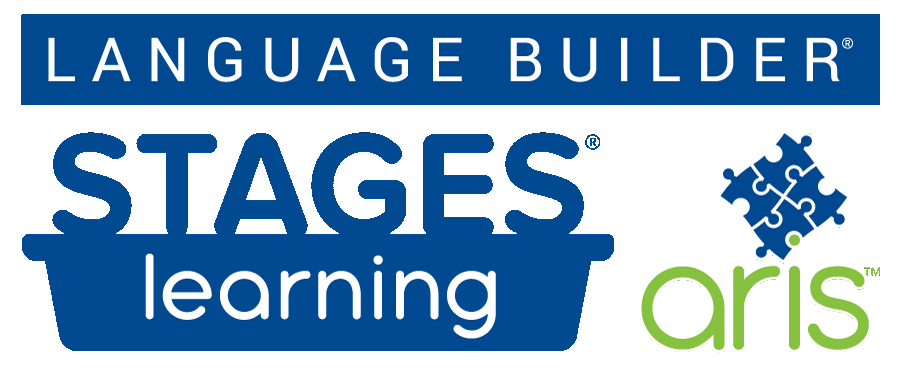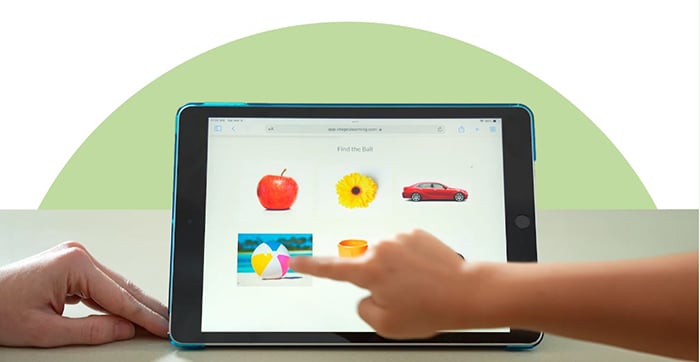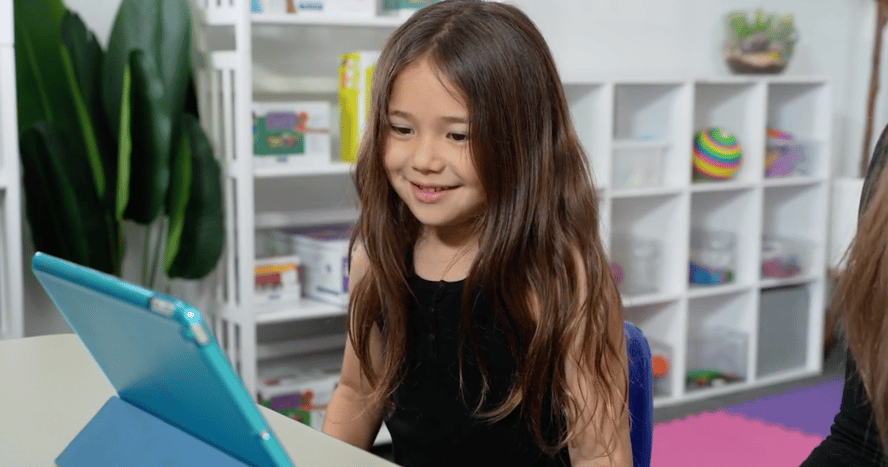For autistic children, cooking and baking can be a creative and joyous pastime. Many children are eager to help their parents prepare meals, but some may not be ready to prepare complex recipes using the oven or stovetop. The recipes provided below are intended for autistic children to follow as independently as is appropriate for their age and skill level. The use of visual recipes can instill confidence in children who are still learning to read and can foster newfound independence in the kitchen. In combination with teaching foundational skills such as measuring, utensil identification, and general kitchen safety, autistic children can be very successful in the kitchen.
1. Trail Mix

Trail mix is an excellent first recipe because it allows children to start becoming comfortable with identifying ingredients, identifying measuring cups, and measuring the ingredients. Children can also get in the habit of washing their hands and cleaning their work area before starting to cook. It is also a delicious snack mix for after school or on the go!
For this recipe you will need:
1 large bowl
1 spoon
¼ cup chocolate chips
¼ cup marshmallows
¼ cup raisins
¼ cup pretzels
- Wash your hands.
- Wipe down the counter with a sponge.
- Measure ¼ cup of chocolate chips.
- Pour ¼ cup of chocolate chips into the bowl.
- Measure ¼ cup of marshmallows.
- Pour ¼ cup of marshmallows into the bowl.
- Measure ¼ cup of raisins.
- Pour ¼ cup of raisins into the bowl.
- Measure ¼ cup of pretzels.
- Pour ¼ cup of pretzels into the bowl.
- Mix with a spoon.
- Enjoy!
2. Banana Pudding Cups
Banana pudding cups are a great second recipe for young chefs to tackle. They are delicious, and they allow time for additional measurement practice, introductory knife safety skills, and opportunities to practice food and object identification. Be sure to show your child the proper way to hold a knife before you start. Using a plastic knife will help them become comfortable holding the handle and being cautious around the blade. Once they are comfortable, you can have them use a butter knife until they are ready for a sharper utensil.
As you wait for the banana pudding to set up (about 5 minutes), you could practice food or object identification with your child. STAGES® Learning has great food and object identification cards called Lang-O-Learn Food Cards and Lang-O-Learn Everyday Objects Cards. These sets are excellent if your child needs additional practice with identifying different types of foods either expressively or receptively. The objects cards are also a great way for children to become familiar with different objects that can be found in the kitchen such as utensils, the stove, oven, etc.
For this recipe you will need:
1 large bowl
1 whisk
1 plastic knife
1 spoon
1 liquid measuring cup
small bowls or plastic cups for serving
2 cups of milk
1 instant banana pudding mix
vanilla cookie pieces
whipped cream
1 banana
- Wash your hands.
- Wipe down the counter with a sponge.
- Pour pudding mix into the bowl.
- Measure 2 cups of milk.
- Pour milk into the bowl.
- Whisk for 2 minutes.
- Set pudding aside for 5 minutes to set up.
- Scoop a small amount of pudding into the bottom of the serving bowl.
- Add cookies to the serving bowl.
- Add another scoop of pudding on top.
- Add more cookies to the serving bowl.
- Add another scoop of pudding on top.
- Add some whipped cream on top.
- Cut up the banana with a plastic knife.
- Add banana pieces on top of whipped cream.
- Repeat with any leftovers and enjoy!
3. Fruit Pizza
This recipe is great for children who love to get creative with their food, and for those who love fruit!
Your young chef will learn how to spread the “sauce” onto their pizza using a plastic knife and get additional practice cutting a variety of different fruits. Encouraging your child to wash all fruits before starting will also add a new aspect to their kitchen safety routine.
Click here to download the recipe.
Watching a child become more independent is a magnificent sight to see. Cooking can help autistic children build their confidence while doing something fun! After they master the recipes above, they will be well on their way to whipping up all kinds of delicious snacks and meals!
What types of recipes does your child enjoy making?





